Research Proposal: Accounting Regulation in Australia (BUS707)
VerifiedAdded on 2022/10/19
|6
|554
|347
Report
AI Summary
This document presents a research proposal on accounting regulation in Australia, focusing on the role of the Australian Accounting Standards Board (AASB) and the impact of adopting International Financial Reporting Standards (IFRS). The research aims to explore the influence of AASB on shaping accounting regulations and assess whether IFRS adoption improves the quality of financial reporting by Australian entities. The research design employs an exploratory approach with a qualitative research methodology, utilizing interviews for primary data collection and simple random sampling. Thematic data analysis will be used to analyze the collected qualitative data. The proposal also details ethical considerations, including obtaining informed consent, ensuring anonymity, and maintaining data confidentiality. The literature review provides context and background for the research, discussing the evolution of accounting regulations and the viewpoints of various authors on the subject. The limitations of the research and suggestions for future research are also outlined in the report.
1 out of 6

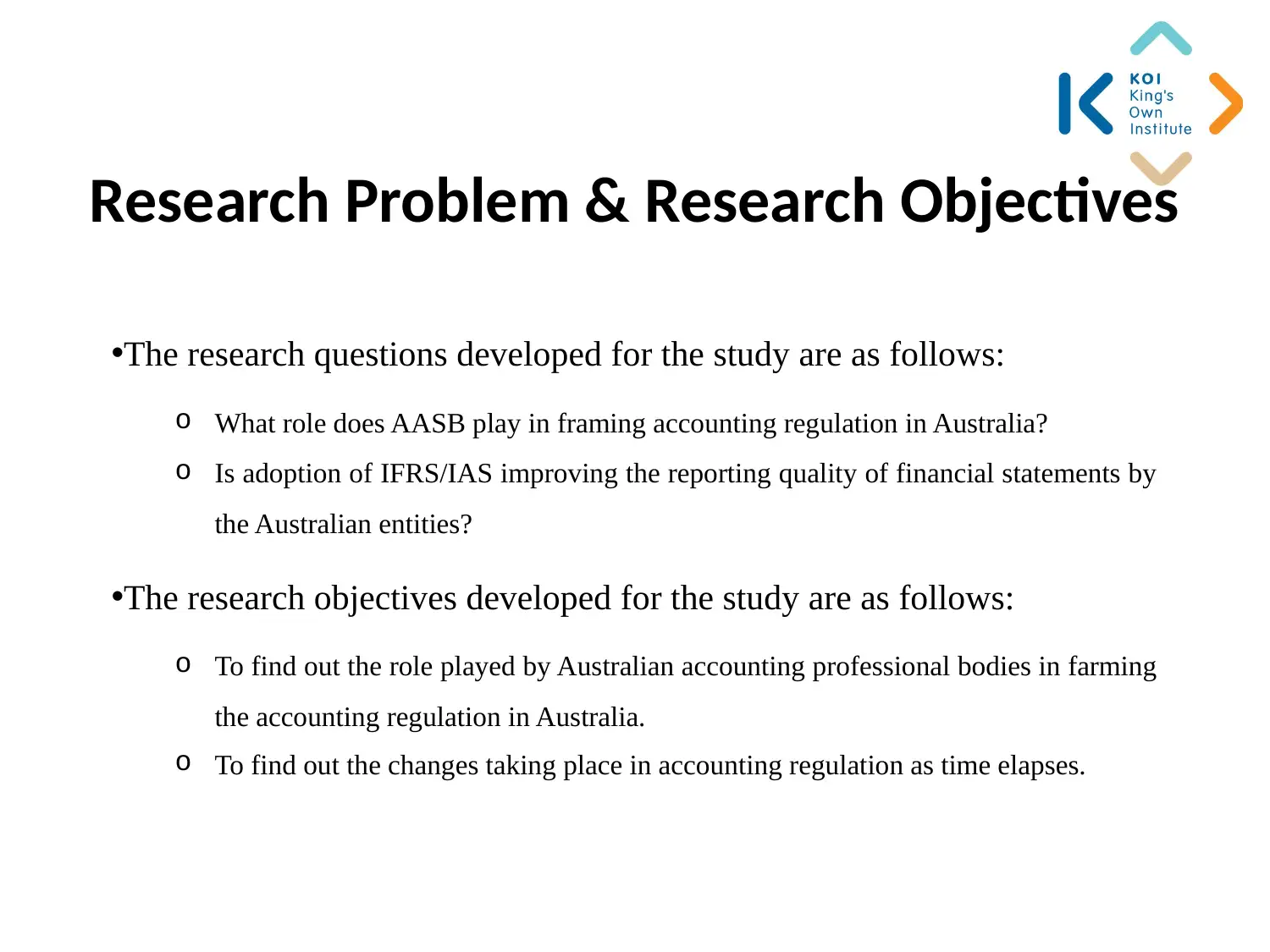
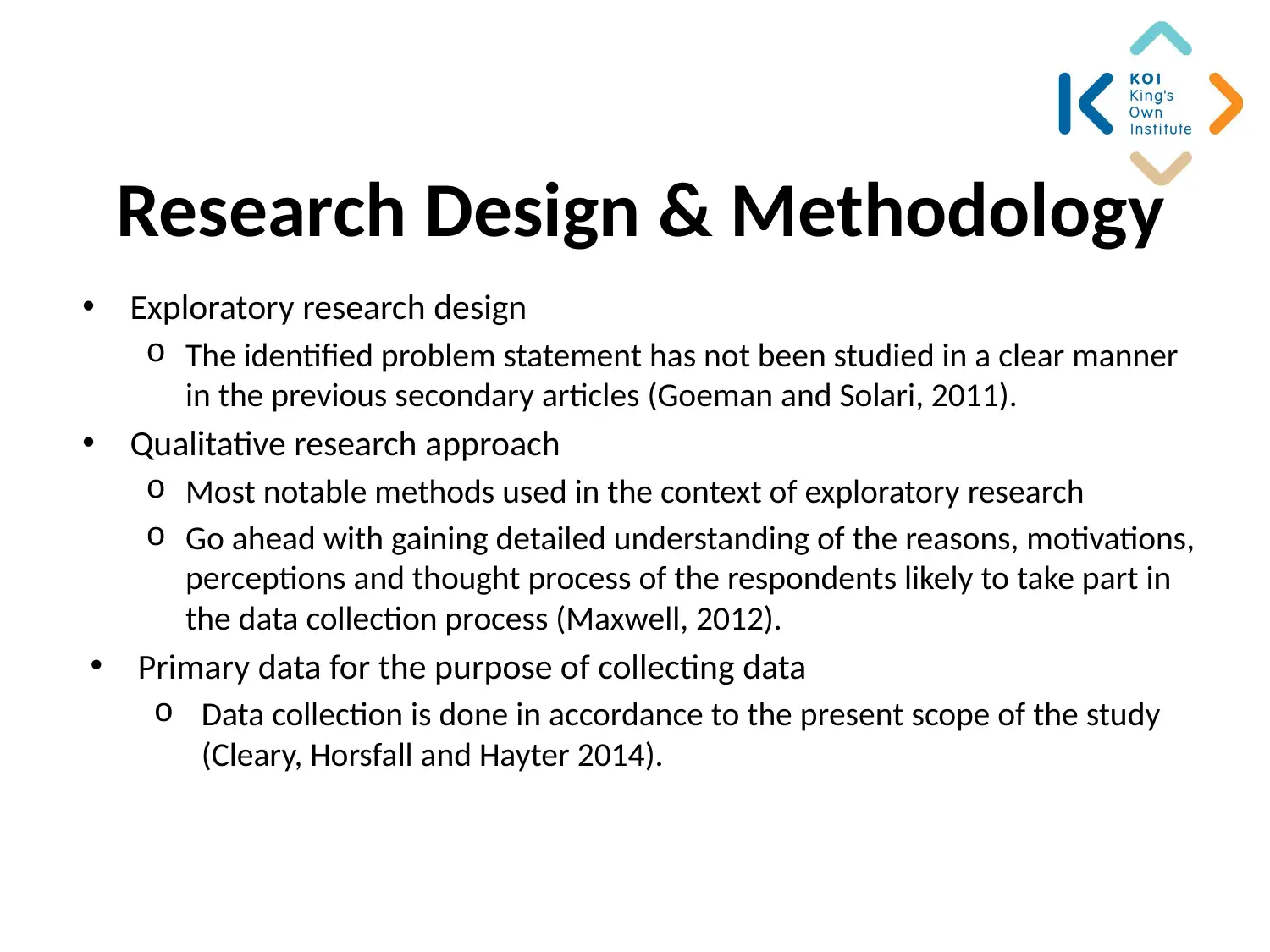

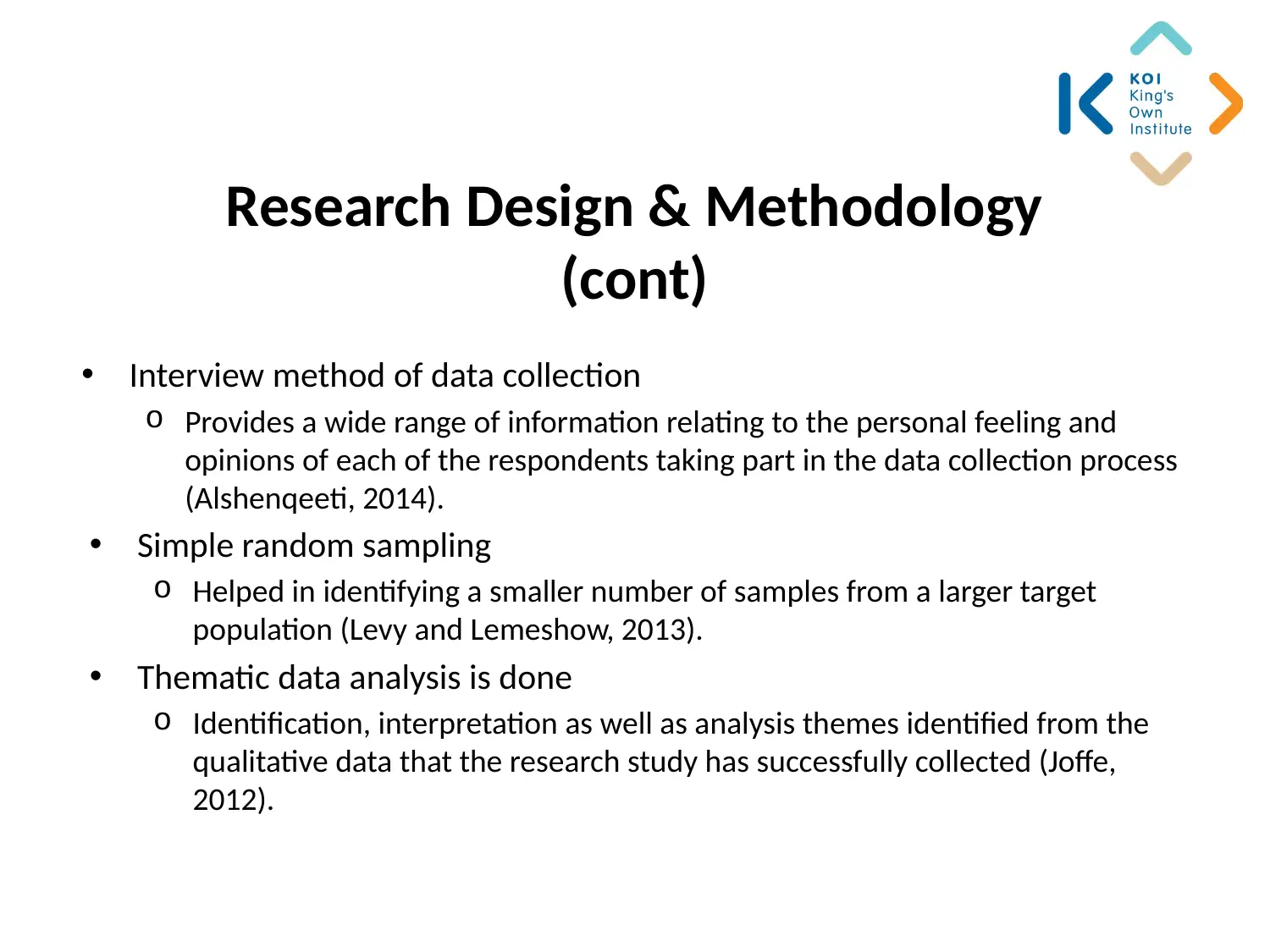
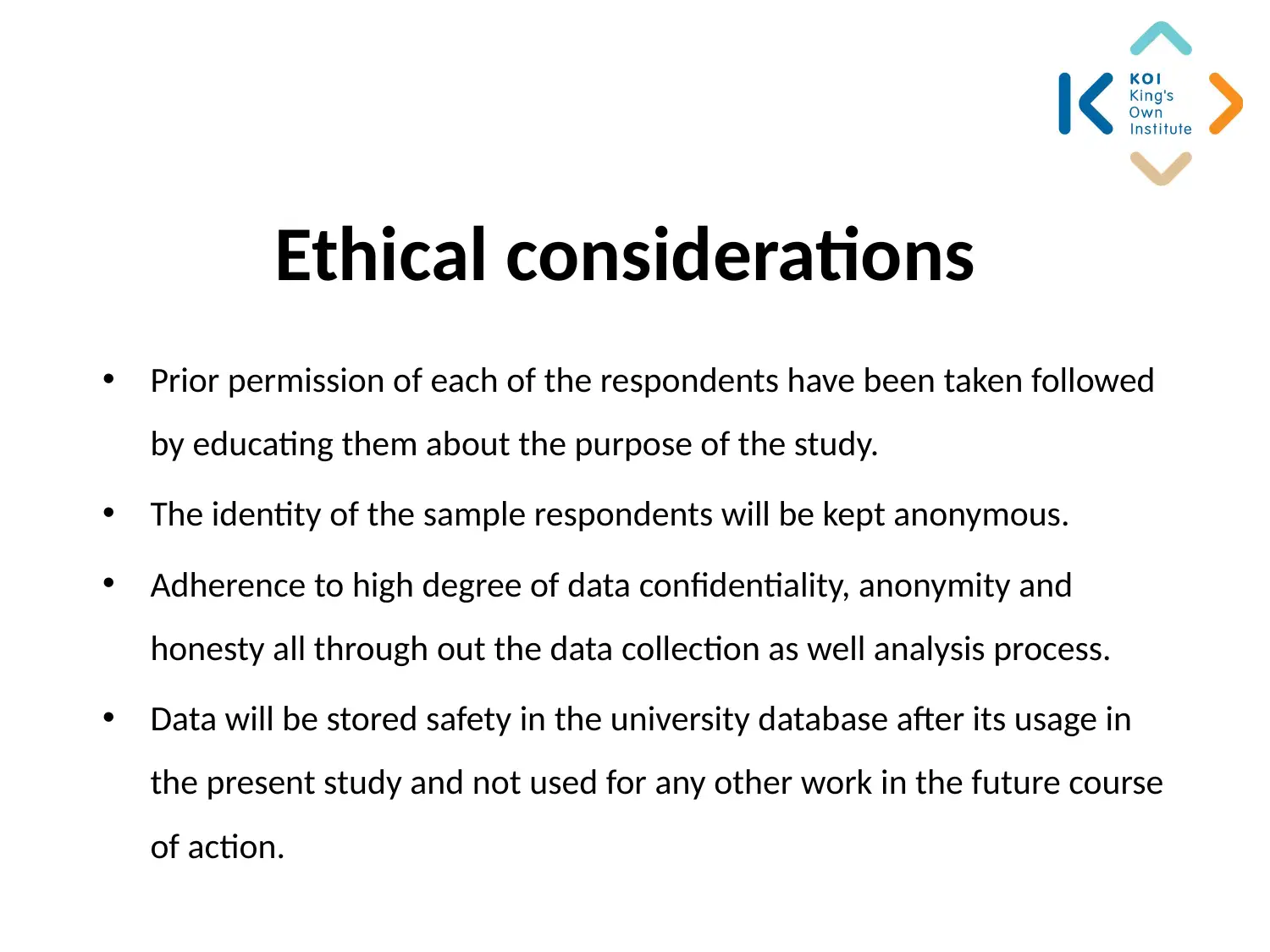
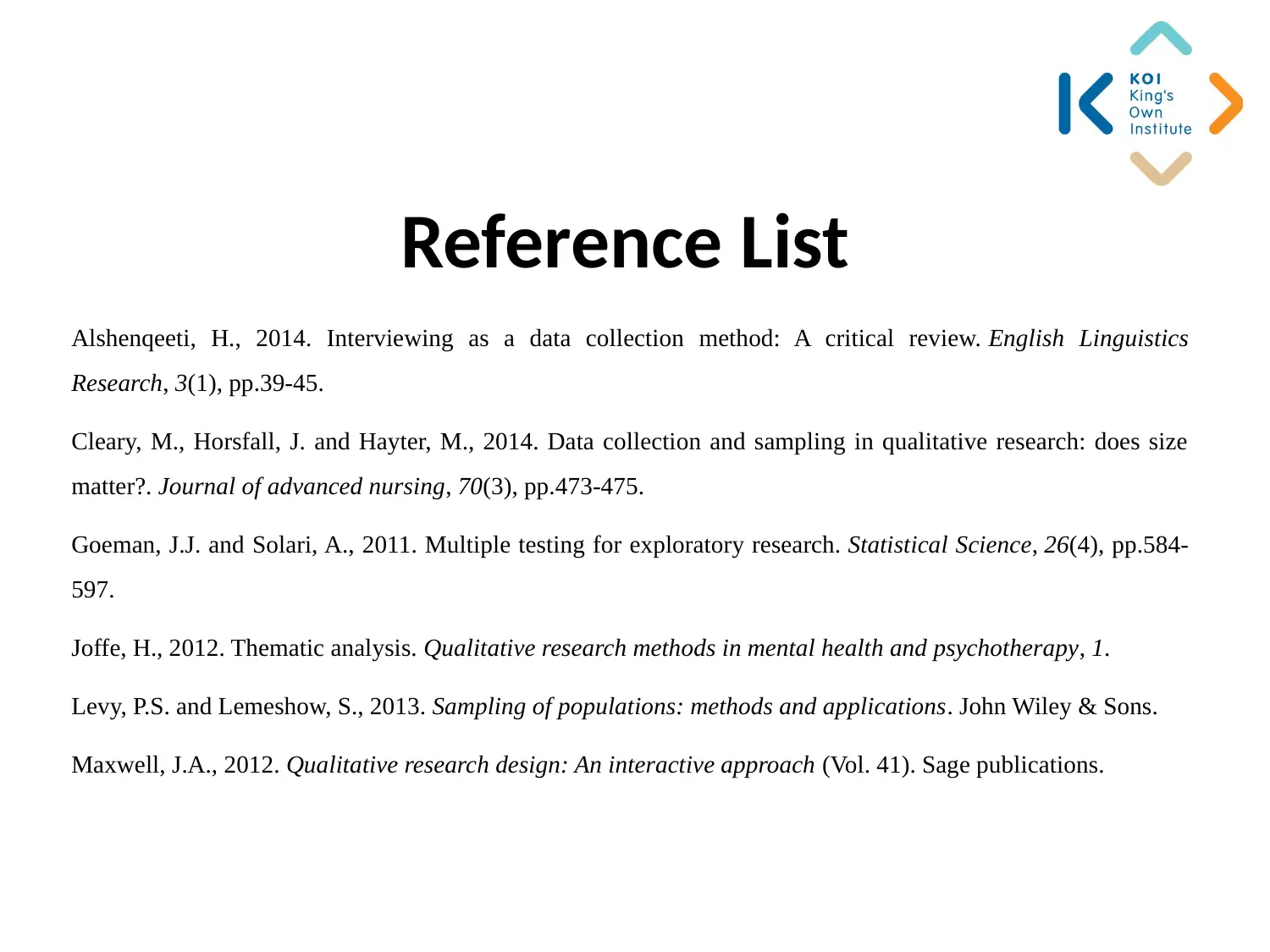


![[object Object]](/_next/static/media/star-bottom.7253800d.svg)